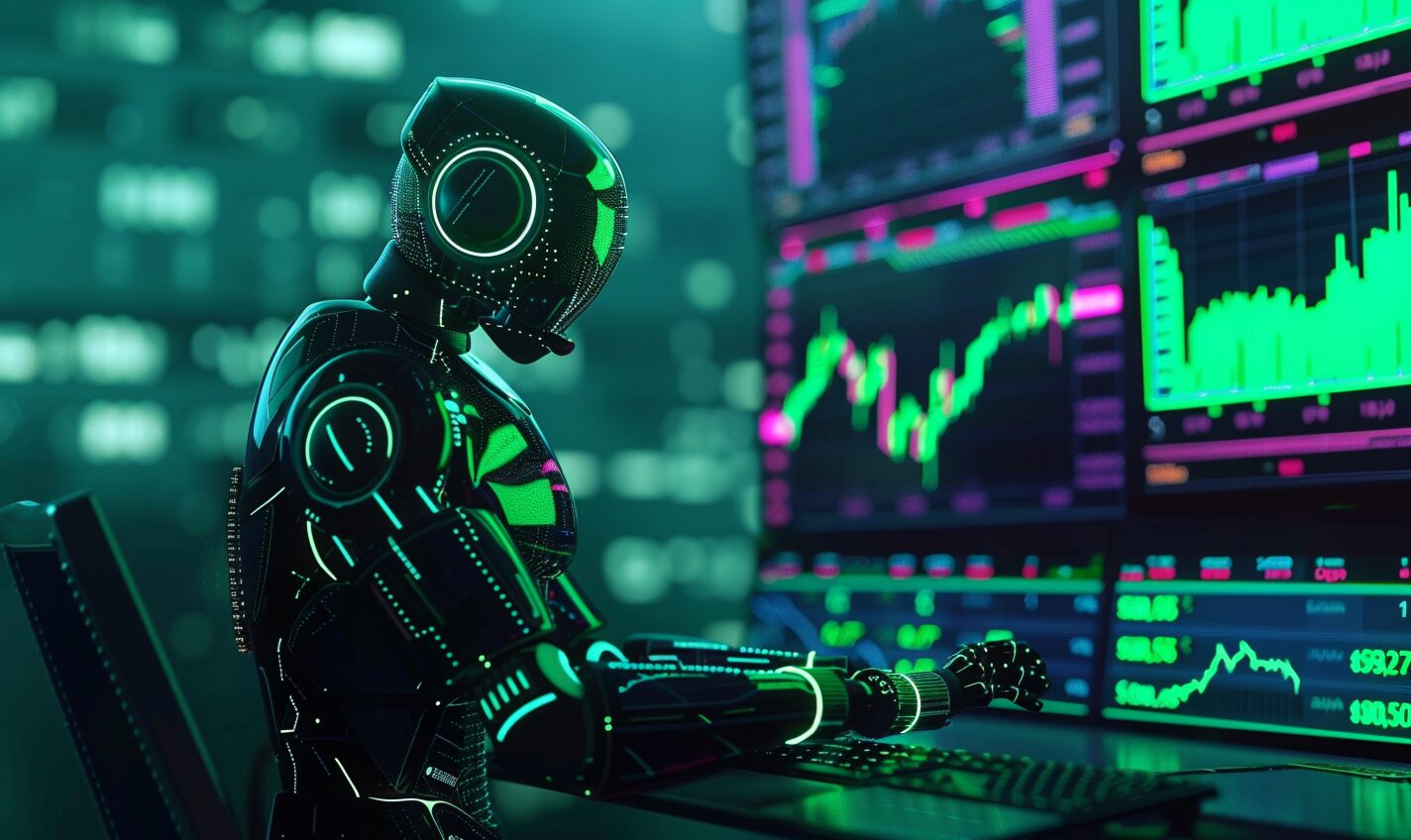Deep learning (DL) is one of the most exciting and promising areas of machine learning (ML) and artificial intelligence (AI) today. The ability of computers to learn from data without humans explicitly programming them is one of the most sought-after features of AI.
In this post, we’ll discuss how deep learning works, what people can use it for, and some of the major limitations of deep learning models today.
Deep Learning in Artificial Intelligence Explained in Simple Words
Deep learning in artificial intelligence is a subset of ML that uses neural networks to teach computers how to learn, solve problems and make decisions.
A neural network is a type of algorithm. It has millions of interconnected nodes that allow it to “learn” by analyzing data and making predictions based on its findings.
Deep learning algorithms can identify patterns in large datasets and perform complex tasks.
How Deep Learning in Artificial Intelligence Works
Deep learning is a field of AI that uses neural networks to store and process information. Neural networks take after the human brain, which means they can learn through experience.
Deep learning allows computers to solve problems with minimal human instruction, making it especially useful in fields like image recognition and natural language processing.
The First Steps Involved in Deep Learning
The first part of deep learning involves training a neural network on a set of examples to recognize patterns in similar situations. Each model is an input, such as an image or string of text, along with the correct output. An example would be what object it contained within that image or a word that it should use in a sentence.
The neural network is then trained until it can accurately predict these outputs for new inputs without being explicitly told which output corresponds to each input. This process is called supervised learning because it requires supervision from human trainers who supply feedback during training sessions.
Once trained, a neural network can predict how likely certain outcomes are based on input data without additional human supervision. This prediction method refers to as unsupervised learning because it requires no human feedback.
Making predictions based on input data alone is important because it allows companies to use DL without needing constant human supervision, which can be costly and time-consuming.
How Does Deep Learning Differ From Machine Learning?
Deep learning and machine learning are both branches of artificial intelligence. Both involve computers that can learn independently, but deep learning is a more specific type of machine learning.
ML refers to any system that can change according to its environment based on past experiences. It’s primarily used for software that learns from data, such as computer vision or natural language processing. ML is often used in conjunction with deep learning.
DL is a subset of machine learning that focuses on neural networks. The idea behind DL is to develop models capable of learning directly from data rather than requiring human input to specify rules, parameters or heuristics.
Examples of Deep Learning Applications in Various Industries
Deep learning is a powerful tool with various applications in many industries to improve product and service performance. Here are some examples:
Health Care
Deep learning can detect melanomas or other skin cancer markers in images captured by cell phone cameras. This method of health care treatment allows patients to get immediate treatment without doctors being present at the time of screening.
Banking
DL analyzes financial transactions and detects fraudulent activity, helping banks save money on fraud prevention and detection efforts.
Retail
DL algorithms can analyze customer data such as shopping habits, demographics, and purchase history. Then retailers can use that information to predict future purchases and suggest similar items based on past purchases.
Financial Services
Deep learning can detect fraud by analyzing large amounts of data, spotting anomalies and patterns, and identifying suspicious transactions. This helps banks to protect their customers better, as well as reduce costs.
Are There Any Limitations to Deep Learning?
As it applies to machine learning, deep learning is a type of neural network with many layers. Every layer processes information from the previous layer and passes it through to the next layer. Deep learning uses multiple layers to analyze more complex patterns and relationships in data.
However, DL does have some limitations.
The first limitation of deep learning is the amount of data you need for training the system. A neural network needs many examples of correct answers to perform tasks accurately. Hence, developers must collect large amounts of information about the problem they’re trying to solve before attempting any deep-learning solution.
The second limitation is that there are no guarantees regarding deep learning models. If you don’t have enough data or make mistakes during design or implementation, your model may not work as expected.
Deep Learning in Artificial Intelligence Is Full of Potential
Deep learning is an incredibly opportunistic field — it’s only about to get bigger. The potential applications are endless, and this is the beginning of what will surely be a long journey in the world of AI and machine learning.
While there are still some challenges that we still need to address, we’re sure to see many more applications of DL in the near future.
Recent Stories
Follow Us On
Get the latest tech stories and news in seconds!
Sign up for our newsletter below to receive updates about technology trends














